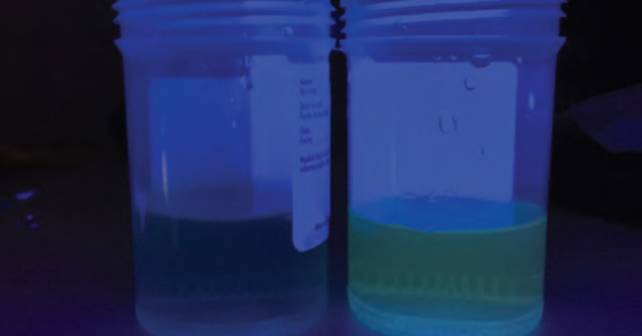
Drs. Shenoi, Mullins, and Filip may have misread my article about ethylene glycol (EG).1
Explore This Issue
ACEP Now: Vol 43 – No 02 – February 2024Nowhere in the piece do I strongly recommend that any one test be used to make the diagnosis of EG ingestion. Instead, my column discusses multiple clues that can be brought to bear and, in aggregate, help diagnose this life-threatening ingestion in real time.
Although they may have missed the point of the column, they have written a concise review on urinary fluorescence and discussion of lactic acid gap measurements in EG ingestions. Yes, there are real issues with urine analysis, however in our case it was shocking how fluorescent the patient’s urine was when exposed to ultraviolet (UV) light. This supported our presumptive diagnosis when combined with other factors.
An apparent ‘lactic gap’ elevation might be useful in centers that use two types of lactate analysis. The technique leverages a positive cross reaction of glycolate and glyoxylate for lactate using different reagents—an L-lactate oxidase test and an L-lactate dehydrogenase test—to identify a gap.2 However, as noted by Drs. Filip and Mullins in their own article the ability to “…exploit laboratory artifact in measurement of lactate as a proxy for toxic metabolites…hinges on availability of multiple methods for testing lactate and will occur only after toxic metabolism has occurred.”3
I agree with their conclusion “In the case with a clear history of antifreeze ingestion and an osmolal gap, the unreliable examination of the urine under UV light adds nothing to the diagnosis.” If you know, you know.
To specifically address the concern that I “strongly recommended using UV light from a Wood’s lamp to examine the urine for fluorescence,” no other light source would work for this purpose. The characteristics of ultraviolet light produces a “glowing” or fluorescence of fluorescein sodium (uranine yellow) by causing an absorption of energy and subsequent release of photons from the dye. In the hospital, the most common source of “black” or UV light is the Wood’s lamp. No other light source would cause the desired effect of fluorescence—not blue light, not room light, not light from a mobile phone.
For readers who missed the October 2023 Toxicology Q&A, I presented a real case of an occult significant ethylene glycol ingestion illustrated with photographs of brightly glowing urine when exposed to a Wood’s lamp.1 I then discussed the multiple direct and indirect clues that might assist the bedside doctor in making this difficult, time-sensitive diagnosis. The subtle clues discussed (history, osmol gap, anion gap, acidosis, urine crystals, urine fluorescence, and renal injury) are especially relevant for patient care, as most centers are unable to return an ethylene glycol level in a clinically relevant timeframe.
Pages: 1 2 3 | Single Page





No Responses to “Point/Counterpoint: Antifreeze Poisoning Tests”